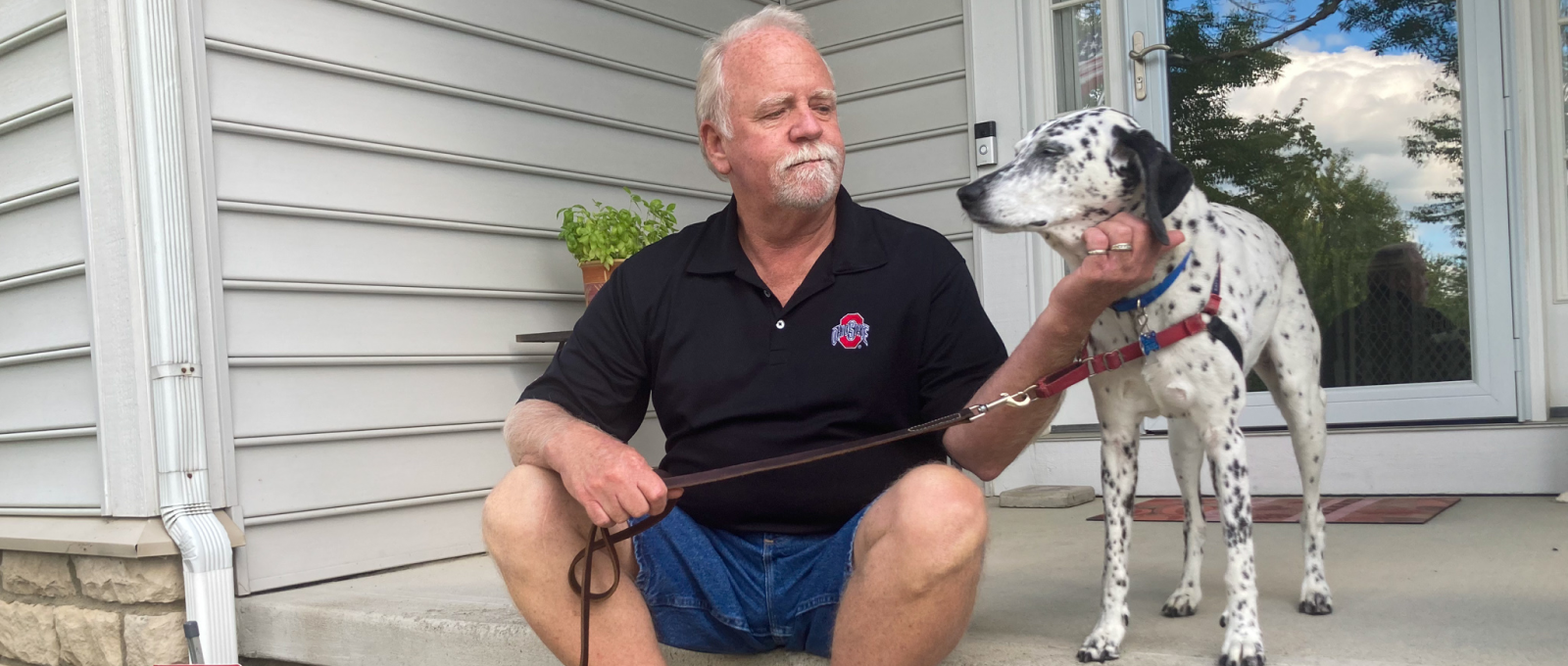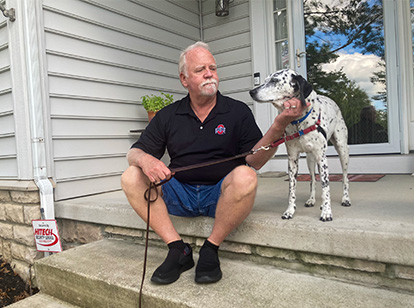
Move to Proven Results
In a recent clinical study, the MISHA Knee System delivered superior results over a well-established surgical alternative (high tibial osteotomy).


[After surgery] I’m doing things I haven’t been able to do for 15 or 20 years.
Chuck S., Clinical Study ParticipantThree years after surgery (age 58 at time of surgery)

Improved ability to enjoy desired activities
In a clinical study assessing the effectiveness of the MISHA Knee System, patients were asked to select three activities that were important to them. Those who received the MISHA Knee System experienced a measurable improvement in their ability to participate in those chosen activities. Before surgery, 2% of patients could perform their chosen mobility with minimal or no limitations. Two years after surgery, 67% of patients could participate in their desired activities with minimal or no limitations, including running and sports. Before resuming any physical activity, please check with your surgeon.


When I got the surgery, my expectation was ‘If you can walk to work in the morning, and sleep without pain, and, hopefully kick that soccer ball with your son, that would be enough.’ I've gotten so much more than that. It really did alter the course of my life.
Zach A., PREVIOUS ISA Clinical Study ParticipantFive years after surgery (age 33 at time of surgery)

Are there any side effects?
As with all surgeries, the potential for side effects exists. In the clinical study, some patients reported infrequent side effects. Most side effects were mild to moderate and included discomfort, pain, stiffness, nerve pain or numbness, or infection around the surgical site. Most side effects resolved, and in certain instances, the implant was removed.
As with all knee implants, removal of the MISHA Knee System is a known risk. In a clinical study at two years, about 14% of patients had their device removed, of which ninety percent (90%) continued to experience benefit after removal. The total length of benefit after removal of the MISHA Knee System is not yet known, and patients remain in long-term study follow-up. An additional 7% of patients had their device removed by three years. Approximately four percent (4%) of patients in the study went on to have another knee OA surgery by three years.
Patient Stories
Several patients who have benefited from implantable shock absorbers have chosen to share their stories with people considering the treatment.
Chuck, delaying knee replacement
“The device, I think, has stemmed off a knee replacement. So, I definitely don’t need one of those for, hopefully, quite a while.”
Physician Stories

“I see many patients in my clinic who are suffering from knee pain and missing out on activities with friends and family. Often these patients are not happy with their current surgical options, but they are not ready for a knee replacement. A joint-preserving procedure with a quicker recovery time is very attractive for patients.”
David Flanigan, MD
Professor, Department of Orthopaedic Surgery
Ohio State University

Have questions about your insurance?
myMishaTM is an assistance program run by a third-party to help patients navigate the insurance process.
If your surgeon has identified you as a candidate for the MISHA Knee System, please use the link below to provide consent for the myMISHA team to contact your insurance provider:
myMISHA is here to help – please contact your myMISHA support team.

